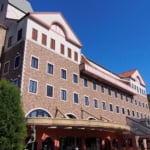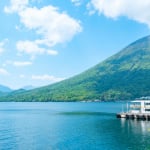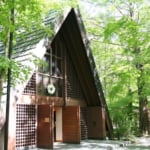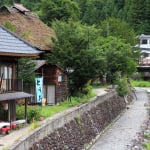Name: Suizenji Jojuen Garden
Address: 8-1 Suizenji Koen, Chuo-ku, Kumamoto City, Kumamoto Prefecture, 862-0956
Official Website: https://kumamoto-guide.jp/spots/detail/75
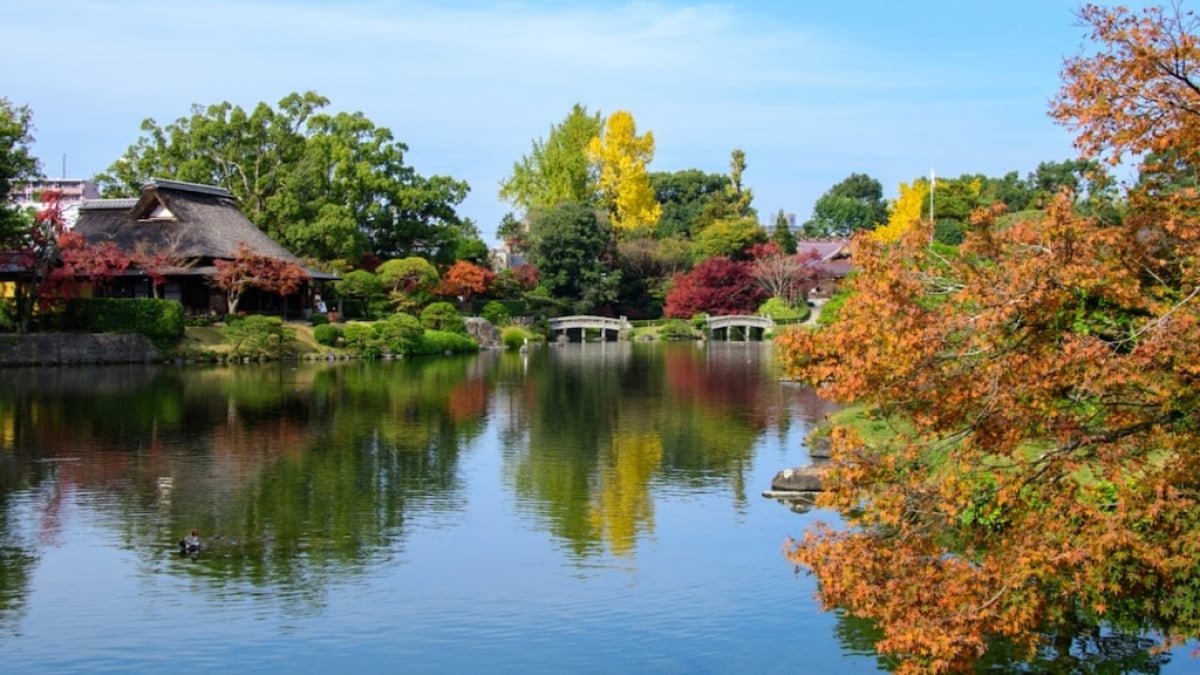
Classic Sightseeing Spot in Kumamoto City! Highlights, Souvenirs, and Sweets of Suizenji Jojuen Garden
Suizenji Jojuen Garden in Kumamoto City is a historical daimyo garden in the Momoyama style. At Suizenji Jojuen, visitors can not only enjoy the beautiful scenery but also feel the history, as it is a garden connected to the Hosokawa clan. The spring-fed pond, chosen as one of the Heisei Era’s Top 100 Famous Waters, and the Kokin Denju-no-Ma, a hall related to the Hosokawa family, are just some of its highlights. Here we introduce the attractions, recommended souvenirs, and sweets of Suizenji Jojuen, a lush, green, classic sightseeing spot near the city center.
table of contents
[x] close
Classic Sightseeing Spot in Kumamoto City! Highlights, Souvenirs, and Sweets of Suizenji Jojuen Garden
What is Suizenji Jojuen (History)
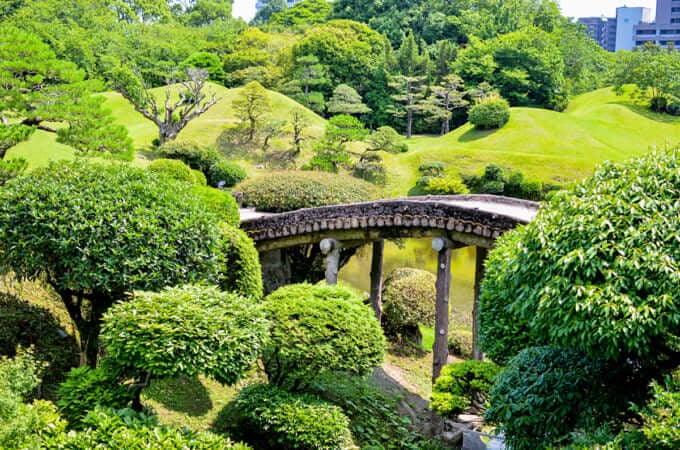
Suizenji Jojuen, located in Kumamoto City, was originally established when Tadatoshi, the first lord of the Higo Hosokawa domain, visited the area on a falconry trip and fell in love with the location, leading to the construction of Suizenji Ochaya teahouse.
Later, during the time of Tsunatoshi, large-scale garden landscaping was carried out, resulting in the completion of Jojuen, a circuit-style garden in the Momoyama style.
In 1877, during the Satsuma Rebellion, the central Ochaya was burned down and the artificial hills also fell into disrepair. However, thanks to requests from local supporters, Izumi Shrine was established to enshrine successive generations of the Hosokawa lords. The garden was subsequently transferred to the shrine grounds.
In 1929, it was designated as a National Scenic and Historic Site under the name Suizenji Jojuen. Today, it has become a classic tourist destination in Kumamoto City, attracting not only locals but also visitors from across Japan.
Spring-fed Pond and Mount Fuji
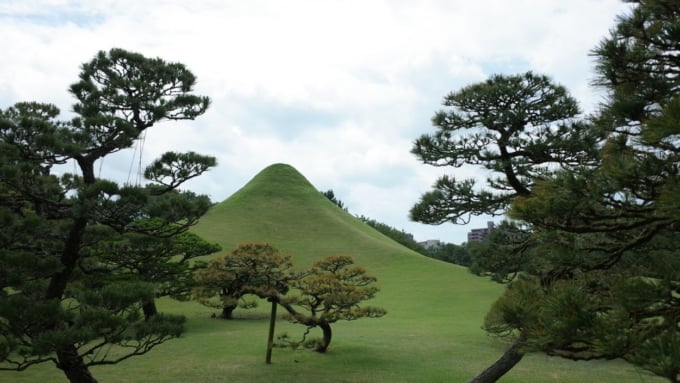
The spring-fed pond and the artificial hill modeled after Mount Fuji are among the first sights to catch the eye at Suizenji Jojuen.
It is said that the pond’s clear waters once soothed the hearts of the Higo Hosokawa lords. The spring originates from rainwater falling on Mount Aso, filtered underground, and flowing as subsoil water into Kumamoto City. The pristine water was selected by the Ministry of the Environment as one of the Heisei’s Top 100 Famous Waters.
The Kumamoto area has long been blessed with abundant springs, earning it the nickname “City of Water.” In addition to the pond, the garden’s Izumi Shrine is also known for its “Water of Longevity.”
The pond and Mount Fuji mound were designed based on the Tokaido’s Fifty-three Stations, arranged so visitors can enjoy a circuit stroll through the garden. The artificial hill surrounding the pond represents the sea with Mount Fuji rising beyond it, creating a scene reminiscent of a ukiyo-e painting.
Kokin Denju-no-Ma
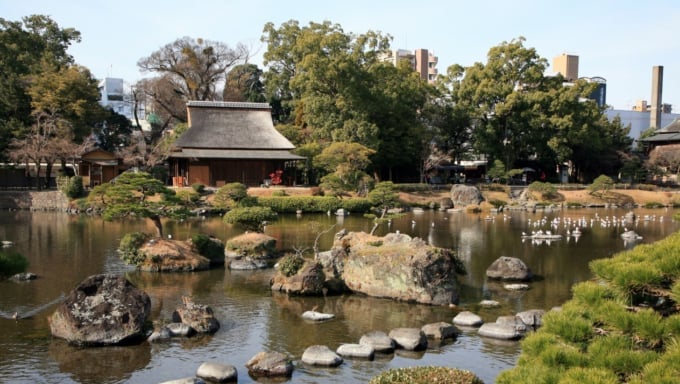
The Kokin Denju-no-Ma was relocated from the Kyoto Imperial Palace to Suizenji Jojuen.
It was named for the event when Hosokawa Yusai taught the esoteric interpretation of the Kokin Wakashu poetry anthology to Prince Hachijo-no-Miya Toshihito during the Sengoku period. This transmission of knowledge was a significant historical event, and this building commemorates it.
Originally in the Kyoto Imperial Palace, it was moved to Suizenji Jojuen in 1912 and underwent restoration in 2010. Because of its history, it is considered Kumamoto’s foremost state guesthouse. Its unique architecture is highly valuable and has been designated as an Important Cultural Property of Kumamoto Prefecture.
Yabusame Riding Grounds
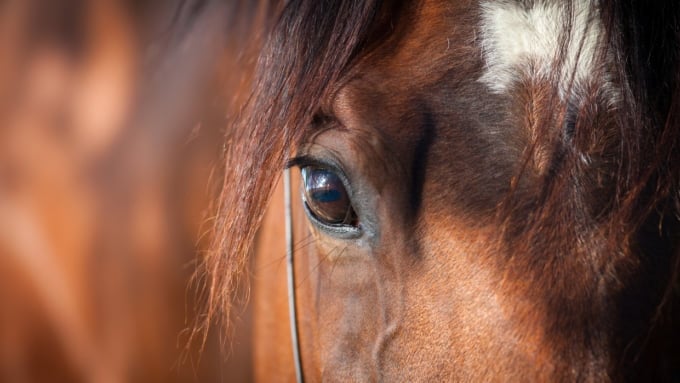
Every year during the spring and autumn grand festivals, Suizenji Jojuen hosts a ritual yabusame (archery on horseback) event. The riding grounds, located on the east side of the garden, serve as the venue.
Performed by the Takeda school, mounted archers in traditional warrior attire shoot arrows at targets while galloping on horseback. Each year, the horses run about 150 meters while the archer shoots three arrows at the targets.
Specialty Confectionery “Mochizuki”
A hidden specialty confection of Kumamoto, “Mochizuki” is a sweet consisting of yellow bean paste wrapped in a soft, meringue-like shell made from egg whites.
Its fluffy texture melts in the mouth, creating a unique taste found nowhere else. Mochizuki is handmade daily by two elderly sisters living in Suizenji, with only a limited number produced each day. Without any preservatives, it has a shelf life of just five days, making it a rare delicacy known only to locals in the know.
Mochizuki is sold only at “Miharashi” inside Suizenji Jojuen and at Tsuruya Department Store. At Miharashi, you can also order it as a set with matcha tea. If you visit Suizenji Jojuen, be sure to try it.
Miharashi
Address: 6-1 Suizenji Koen, Chuo-ku, Kumamoto City, Kumamoto Prefecture, 862-0956
Tsuruya Department Store
Address: 6-1 Tetorihonmachi, Chuo-ku, Kumamoto City, Kumamoto Prefecture, 860-0808
Official Website: https://www.tsuruya-dept.co.jp/index.html
Suizenji Nori
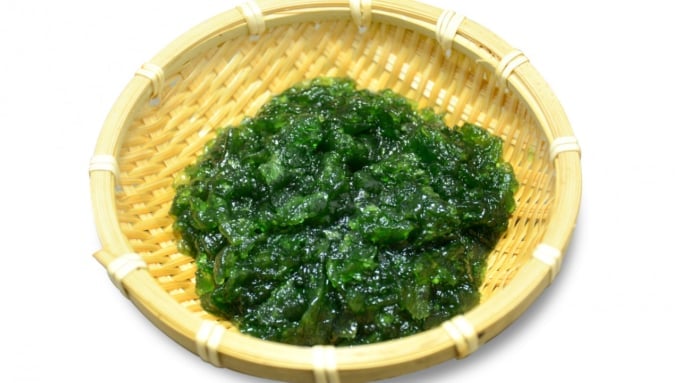
“Suizenji Nori” is an edible freshwater cyanobacteria that naturally grows only in parts of Kyushu.
It was discovered in Suizenji Jojuen’s pond and introduced to the world in 1872 by Dutchman Dr. Suringar, who was amazed at its pristine environment. He gave it the scientific name “sacrum,” meaning “sacred.”
Since long ago, Suizenji Nori has been regarded as a regional delicacy and even presented as a tribute to the shogunate. It is known for its resilient, jelly-like texture and is still used today in high-end Japanese cuisine.
It is commonly processed into sheets, rehydrated in water, and then cut into thin strips for cooking. While tasteless and odorless, its color, texture, and bite offer a unique culinary experience.
Souvenir Spot – Approach Road
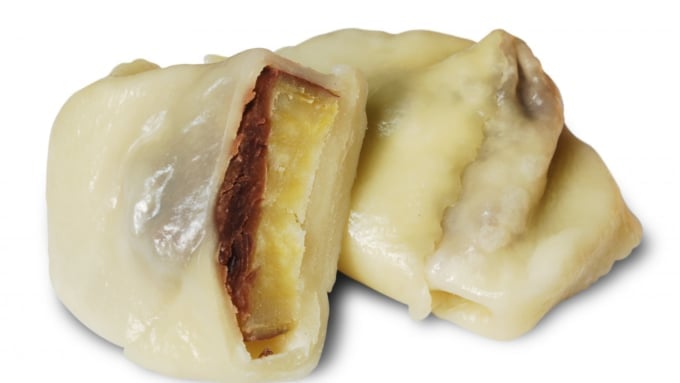
The approach road near Suizenji Jojuen is also a lively souvenir spot where visitors can enjoy strolling and snacking.
After exploring the garden, it is recommended to stop by the approach road near the main gate. The bustling street is lined with souvenir shops and eateries, making it the perfect place to shop for keepsakes.
Souvenirs range from sweets and specialty goods to Kumamoto delicacies. Popular choices include Ikinari dango, Kumamon merchandise, Suizenji-original goods, and Suizenji mochi, offering a wide variety sure to catch your eye.
Name: Suizenji Jojuen Approach Road
Address: 4-2 Suizenji Koen, Chuo-ku, Kumamoto City, Kumamoto Prefecture, 862-0956
Parking Information
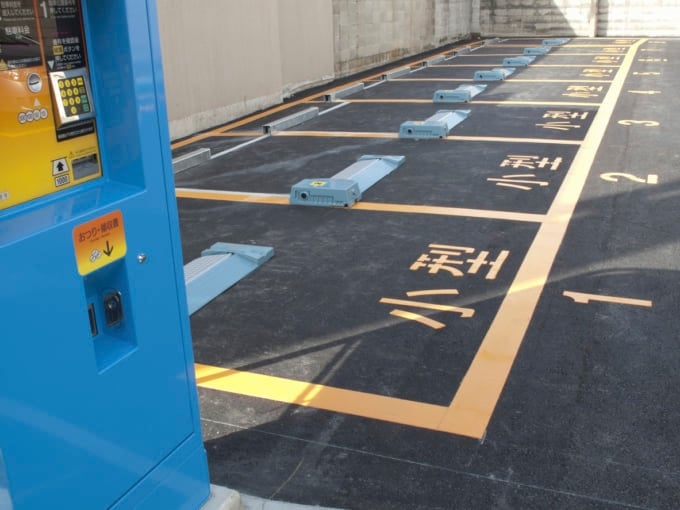
Suizenji Jojuen does not have its own dedicated parking lot. Visitors arriving by car must use nearby parking facilities.
The recommended option is Suizenji Parking Lot, about a 3-minute walk from the garden. It accommodates 49 cars at a daily rate of 500 yen per vehicle (as of February 5, 2020).
For shorter stays, Repark Kumamoto Kokufu 1-chome Parking Lot or Suizenji Torii-mae Paid Parking may be more cost-effective.
Suizenji Parking Lot
Address: 6-24 Suizenji Koen, Chuo-ku, Kumamoto City, Kumamoto Prefecture, 862-0956
Repark Kumamoto Kokufu 1-chome Parking Lot
Address: 1-15-27 Kokufu, Chuo-ku, Kumamoto City, Kumamoto Prefecture, 862-0949
Suizenji Torii-mae Paid Parking
Address: 5-32 Suizenji Koen, Chuo-ku, Kumamoto City, Kumamoto Prefecture, 862-0956
RELATED ARTICLES
REGIONS
CATEGORIES
FEATURED ON Kumamoto
-
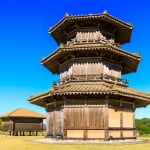
Reviving the Ancient Mountain Castle! Introducing the Kikuchi Castle Ruins, a Tourist Spot in Kikuchi City, Kumamoto Prefecture
-
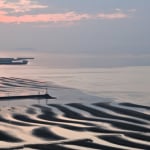
The Beautiful Shoreline of Uto Peninsula! “Okoshiki Coast” and Nearby Tourist Spots
-
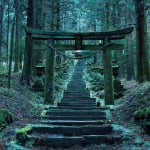
[Kumamoto/Takamori Town] What is Kamishikimi Kumanoimasu Shrine? | A Mysterious Legend and the Setting of an Anime
-
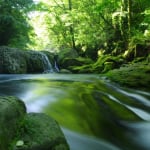
Not Just Aso! Introducing the Scenic Spot of Clear Waters and Deep Valleys: “Kikuchi Gorge”
-
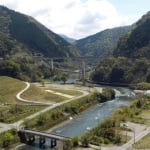
12 Must-Visit Tourist Spots in Itsuki Village – The Home of Lullabies!
MOST POPULAR ON Kumamoto
-
 1
1Doha: Must-see Attractions in the Capital of Qatar
-
 2
2Toronto: 10 Things to do in this Picturesque Canadian City
-
 3
3Amarillo: A City Famous for It’s Amazing Canyons, Great History and Music
-
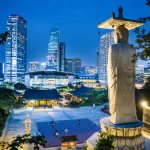 4
4South Korea: Dazzling Scenery, Rich Culture and Fascinating History
-
 5
5Kuwait: A Country in Middle East Asia Famous for Hot Sand Dunes and Stunning Cityscape

